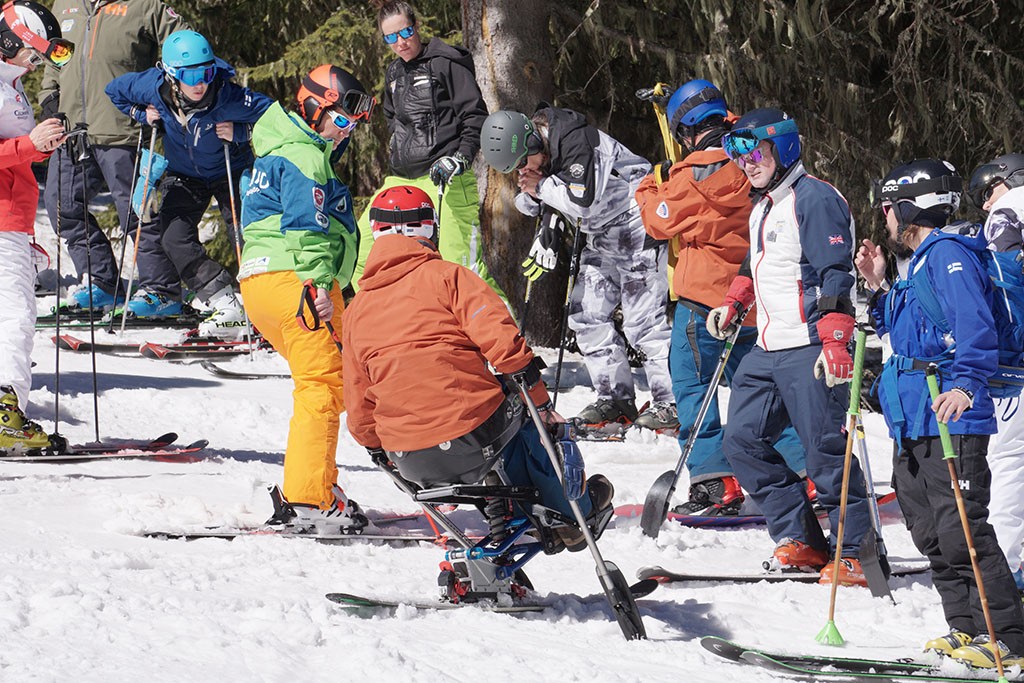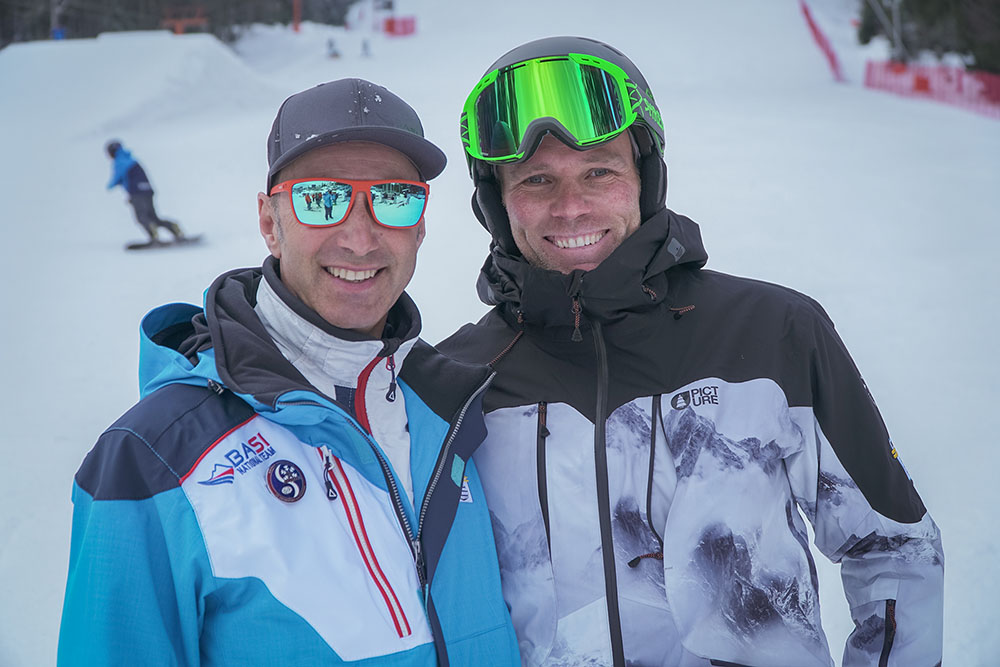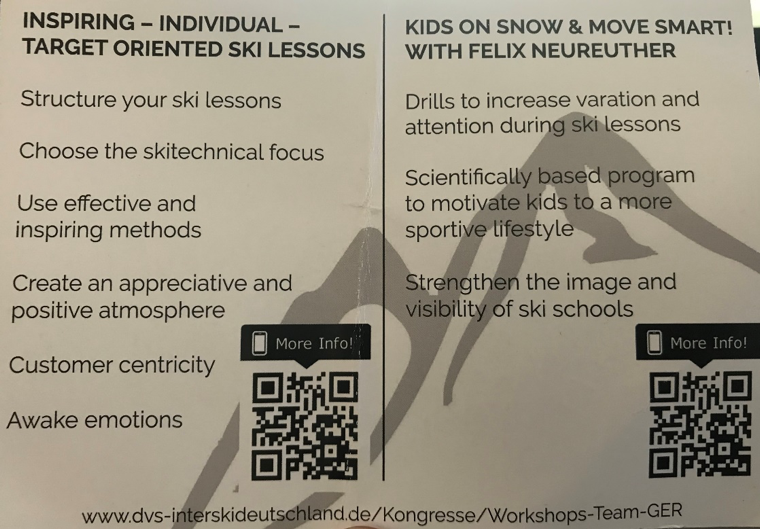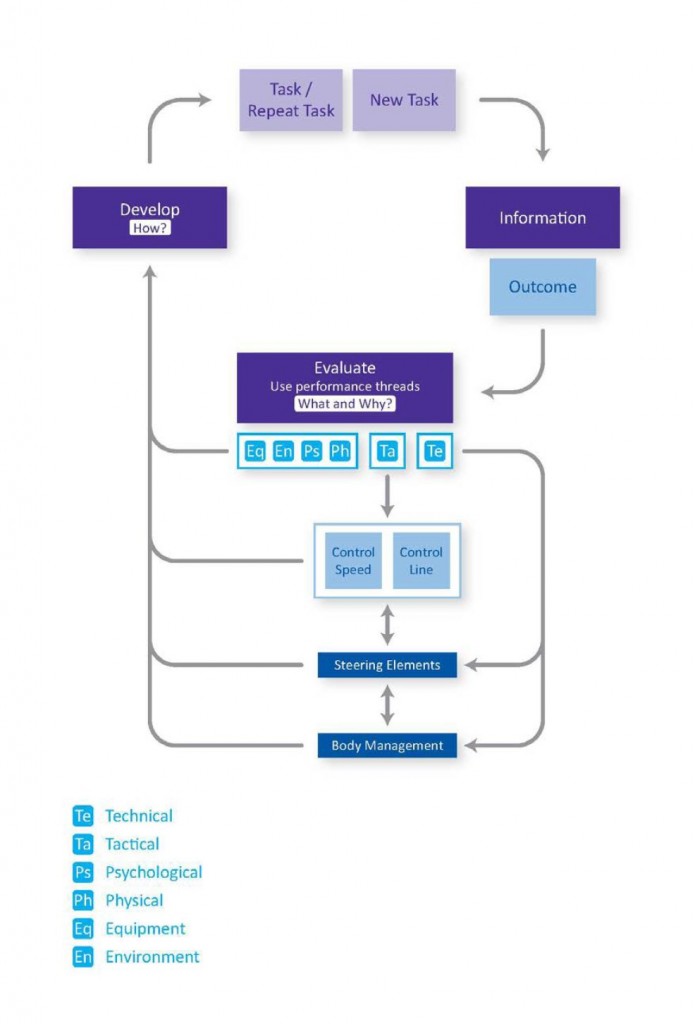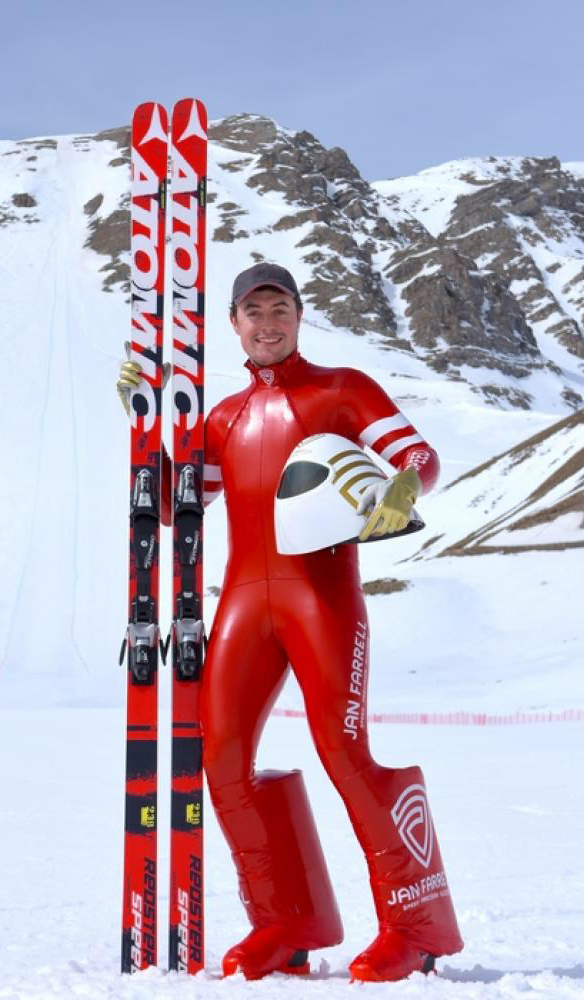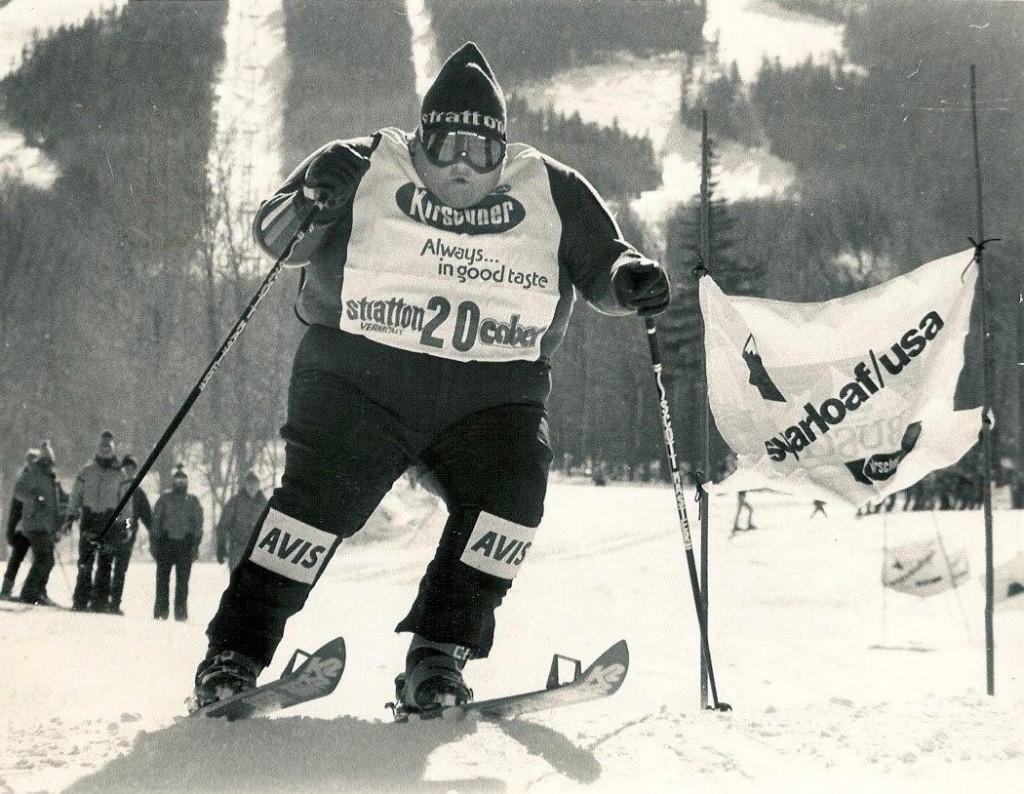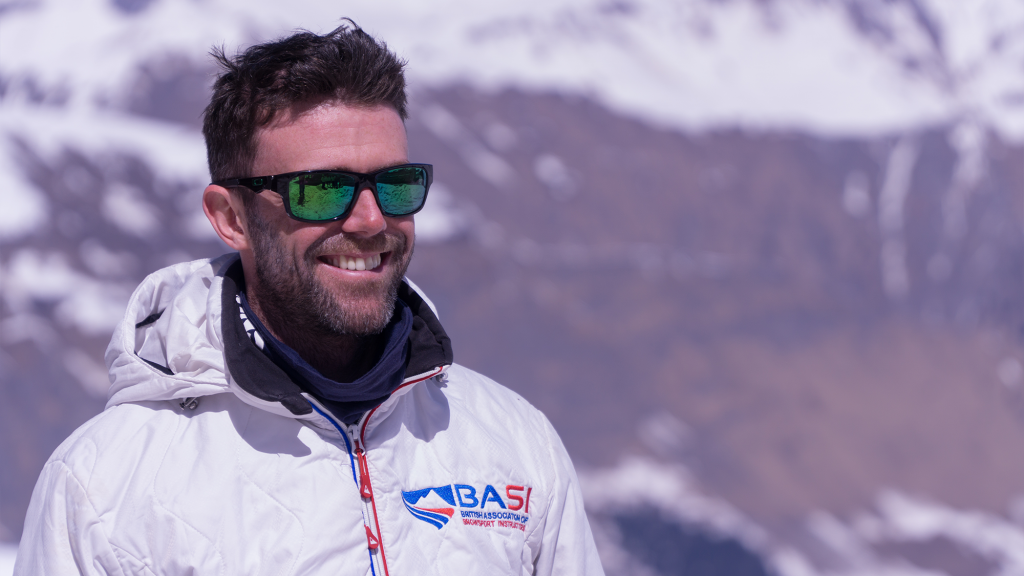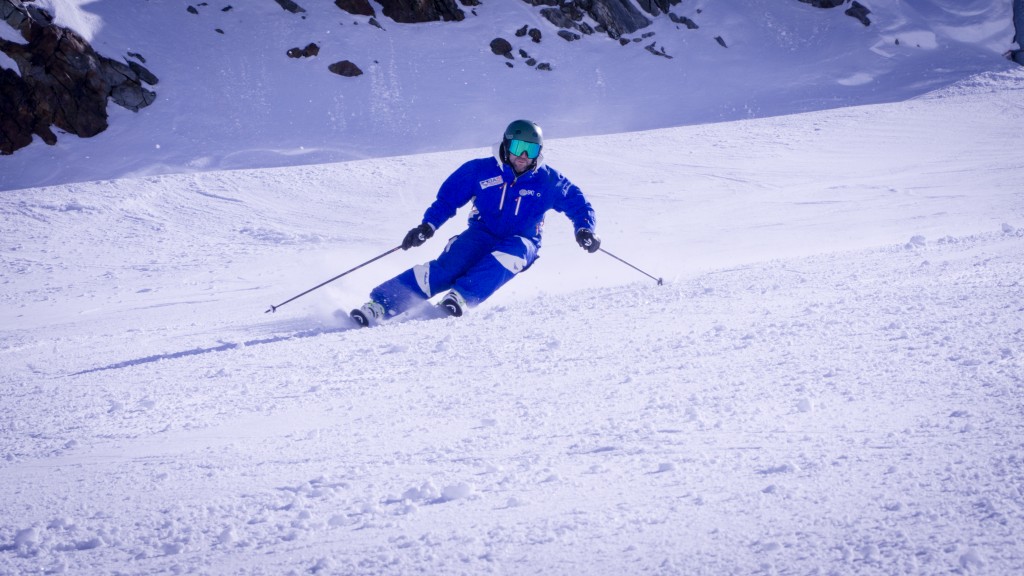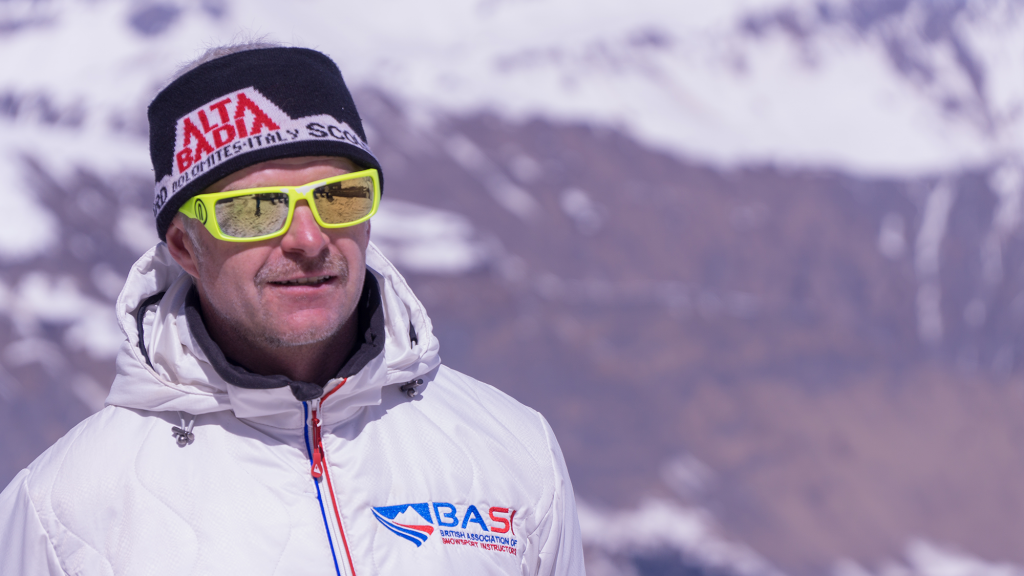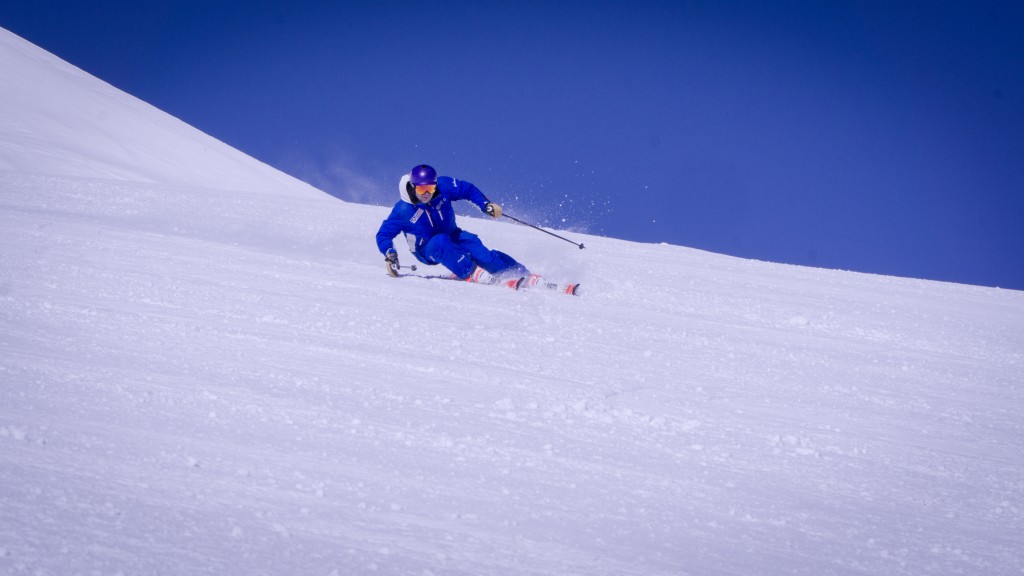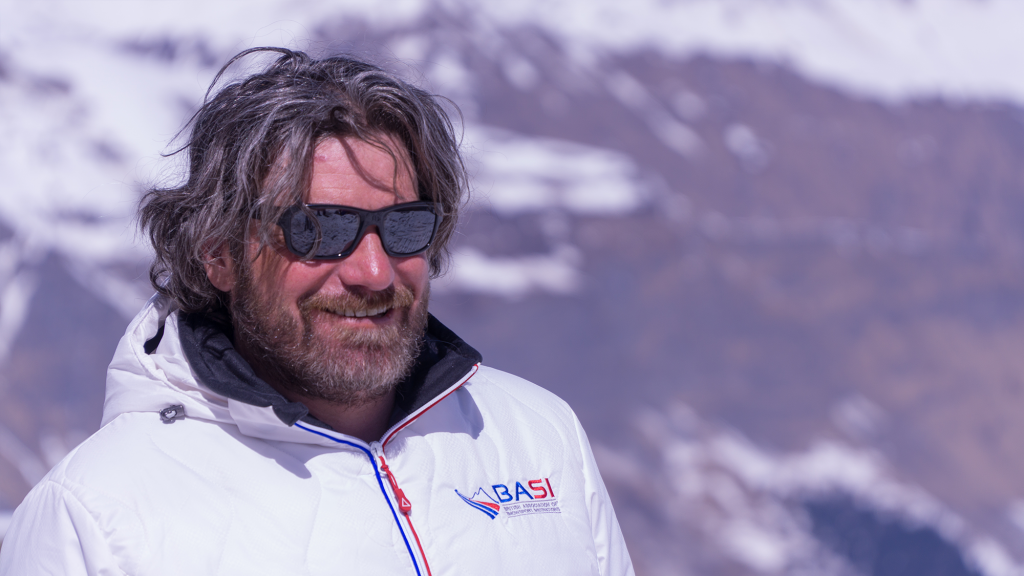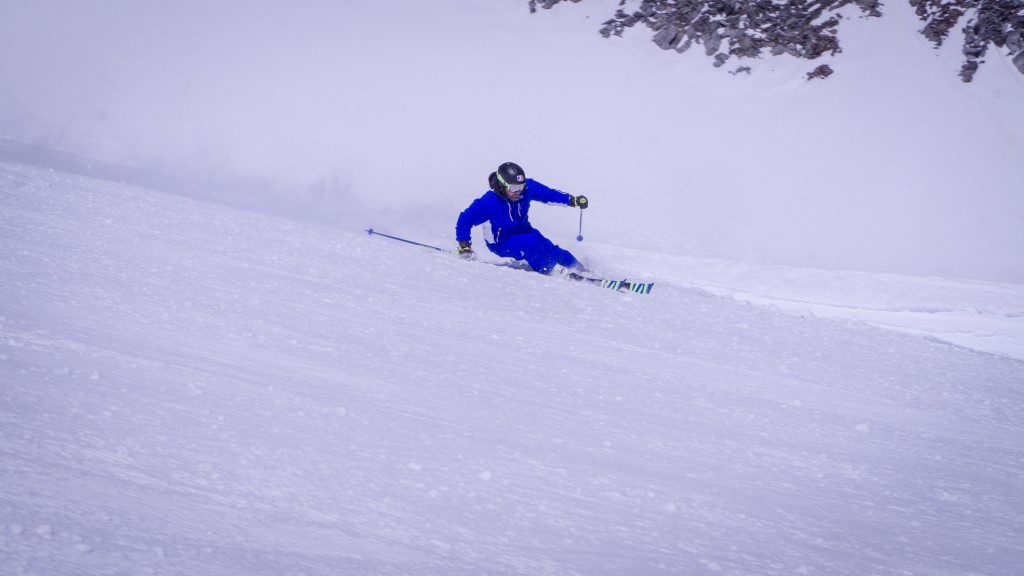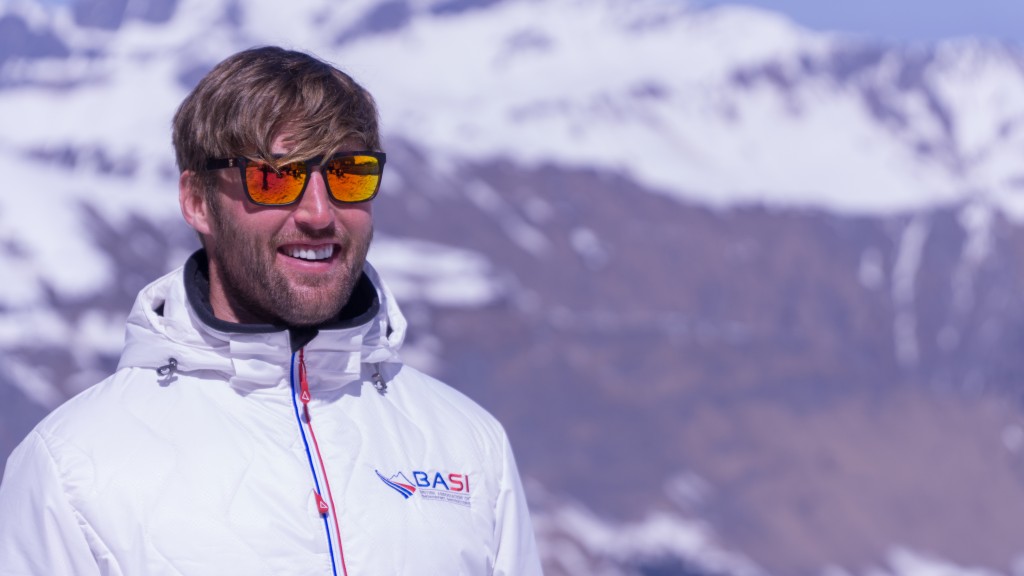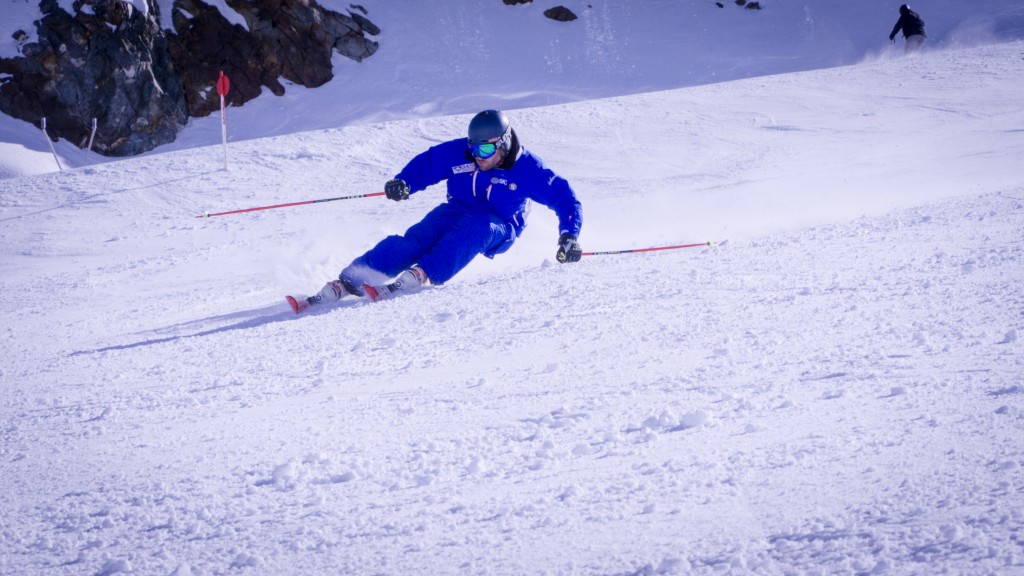Written by Marcus Upton
Summary of all the Interski Workshops
All the larger nations of Adaptive (GB, Australia, USA, Canada and NZ) all presented workshops based on teaching via the Fundamental Elements, Independence and Goals.
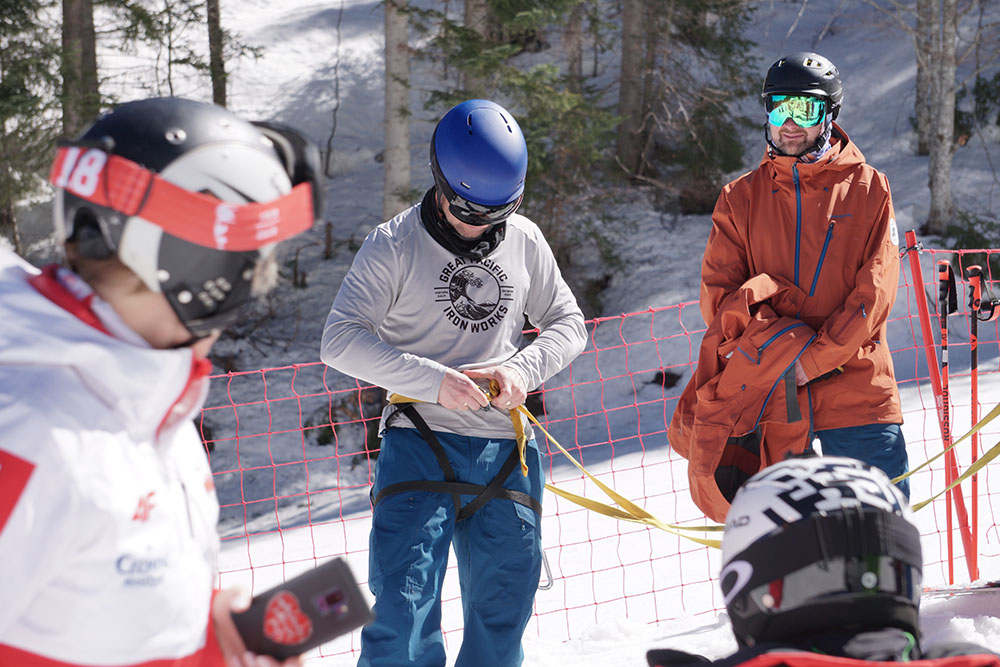
It was excellent that the same message was presented and reinforced in different ways from all the nations, this has allowed the smaller nations to see that adaptive snowsports can be generated from their Alpine skills/manual and that an adaptive manual can be a supplement to the Alpine Manual.
Here’s a summary of each individual nations adaptive workshops.
Czech Republic
The Czech Republic team were made of 2 delegates who were presenting their research into prosthetic limbs for upper and lower leg amputees.
The clinic was entitled “Alpine Skiing of Lower Limb Amputees”
Indoor workshop
Various prosthetics were shown from a single manufacturer ranging from 5000€ to 50 000€, various pumps were shown and how the setup can be achieved.
Future areas would be rental of the lower leg prosthetic if the client bought their suction cup with then to interface with the prosthetic.
A booklet of the methodology in teaching with a prosthetic was handed out at the end of the presentation.
Outdoor workshop
They focused on how 3 Czech teams member (who were various degrees of leg amputations) would ski with their prosthetic.
They did not show any progression or how the client would be taught they were showing the prosthetic made by a manufacturer and name-dropped the manufacturer many times in their presentation, all we were shown was medium to high-level skiing.
The prosthetic are good to see but they are defiantly are in the R&D phase as when being skied by their team member pressure control was the obvious issue they have whereby the double amputee and the below knee amputee found it difficult to keep the ski on the snow when the terrain got slightly steeper.
Key take-home message:
We can adapt the skier to have a range of prices for the prosthetic from 5000€ – 50 000€ dependant of the prosthetic you require.
New Zealand
The New Zealand team were made of 2 delegates who are trainers and trainers for the para team.
The clinic was entitled “It’s just the same – adapting able-bodied skills”
Outdoor workshop
NZ integrate both snowboard and skiers into the same course content, so as not to have different adaptive ski and adaptive snowboard levels.
The workshop was based on how they assess clients and the use of the alpine drills.
Assessing the student involves observation, communication, testing and reassessing. As with all lessons we need to ascertain the student’s on snow ability level, their goals, the equipment they will use, lesson pace and the best teaching approach to take to create independence.
The use of able-bodied alpine skills were used to correct or assist the independence of the adaptive stand-up skier, various elements of the fundamental elements were taken out in the demonstrations to show we can still use alpine drills to enhance the skill of the clients.
Key take-home message
We teach adaptive disciplines using the same techniques as we teach all snow sport disciplines
Australia
The Australian team was made of 1 delegate who was a national trainer and trainer for the para team.
The clinic was entitled “Developing versatile instructors by bridging technique between mainstream and adaptive lessons”
Outdoor Workshop
The sending of 3 adaptive messages – Snowsport is for Everyone, Set Goals and Maximum Independence.
The workshop was centred on the way they associate Turning by either Steering, Carving or Pure Carving and Fundamental Elements of Stance, Rotary, Edging and Pressure and the blending of the FE to achieve each steering element.
Various demos shown were in the mono-ski and descriptive descriptions given were of each steering activity to achieve, backed by various drills to improve a client and by their fundamental elements.
Indoor workshop
A continuation of the outdoor workshop but with the introduction of the APSI Snowsports App a toolkit for the instructor on the go, with various how to fix it drills and videos.
Key take-home message:
All turns are created from the Fundamental Elements and used with Versatility and Creativity.
Canada
The Canadian team were made of 2 delegates who are trainers of ski and snowboard.
The clinic was entitled “Adaptive snowsports in Canada”
Indoor workshop
This workshop looked at the fundamentals of CADS, Teaching Methodology and certification pathway.
This was an overview of the CADS system, interestingly they also use a modular system for their level 1 attaining so many credits before moving onto the level 2 module.
They looked at the comparison of ski and snowboard adaptive to create problem-solving instructors.
Implementing a plan via their AOT (ask, obverse and test) was the basis of their teaching methodology and the implementation of the fundamental elements within an interactive workshop around an autistic client.
Key take-home message
We teach adaptive disciplines using the same techniques as we teach all snow sport disciplines
USA
The USA team were made of 2 delegates who are trainers of ski and snowboard.
The clinic was entitled “Adaptive fundamentals across all disciplines”
Indoor workshop
This workshop looked at the introduction of the adaptive manual within skiing and snowboarding.
The manual 10 years in the making highlighted that this manual became a supplement to their alpine manual whereby all fundamental elements and teaching methodologies came from the established Alpine picture.
Also shown was their online publications and additional access for Interski participants for 1 month
Key take-home message
Adaptive skiing is just skiing and Snowboarding is just snowboarding with the use of some additional equipment.
